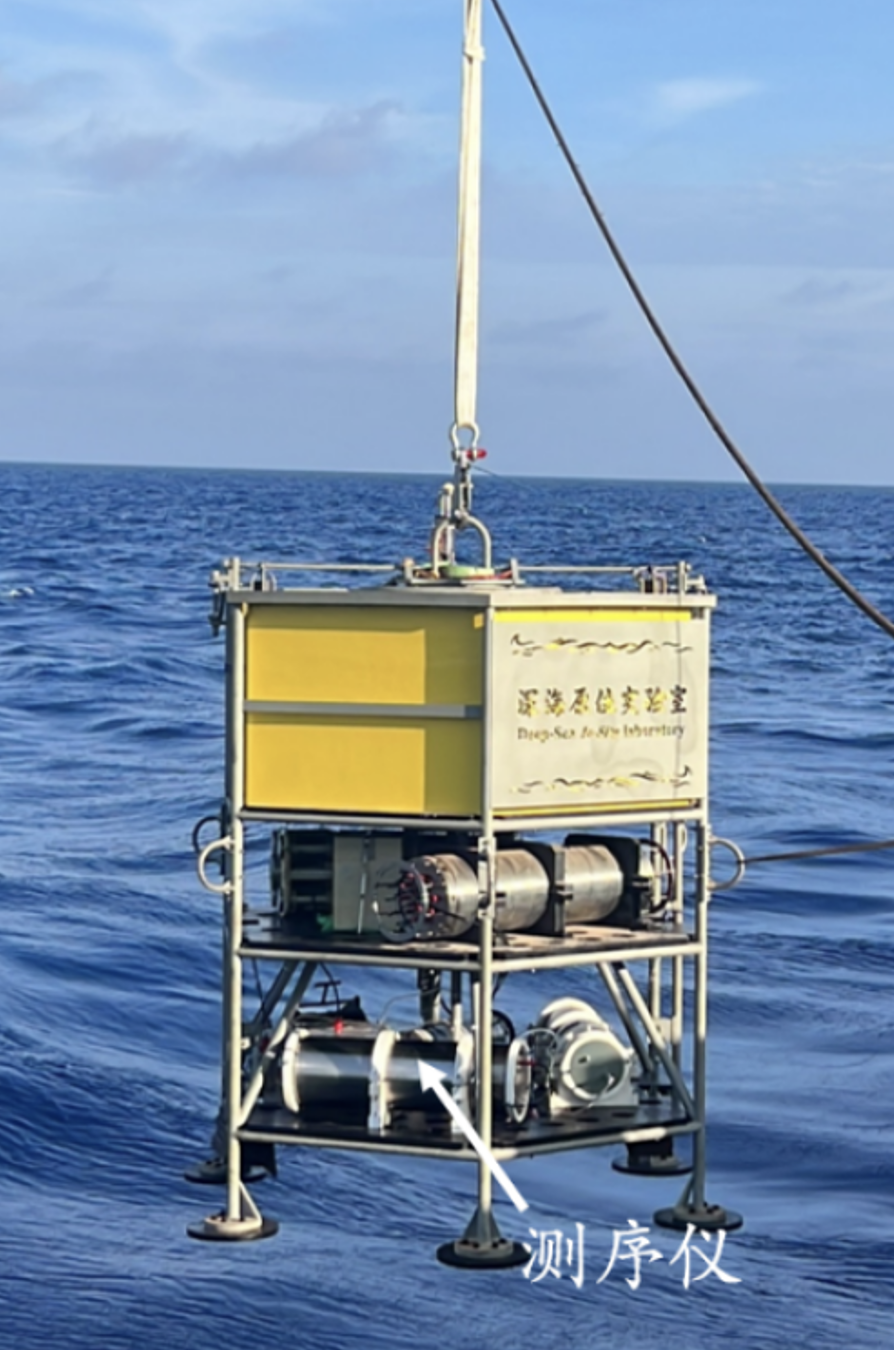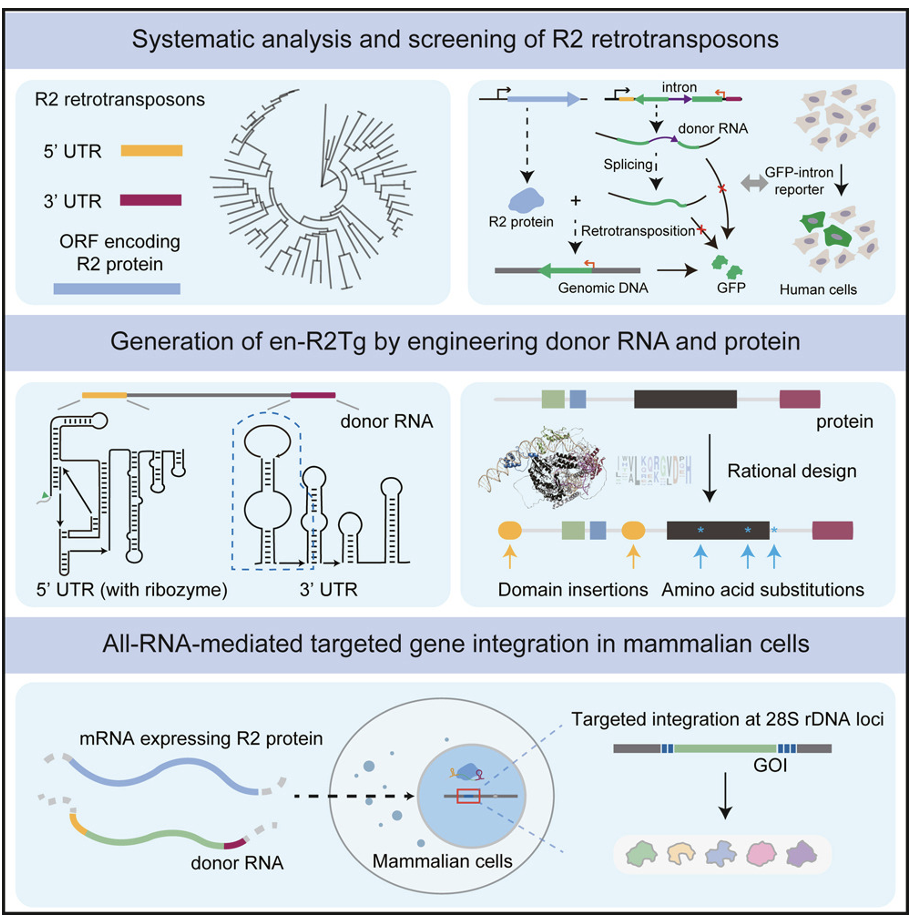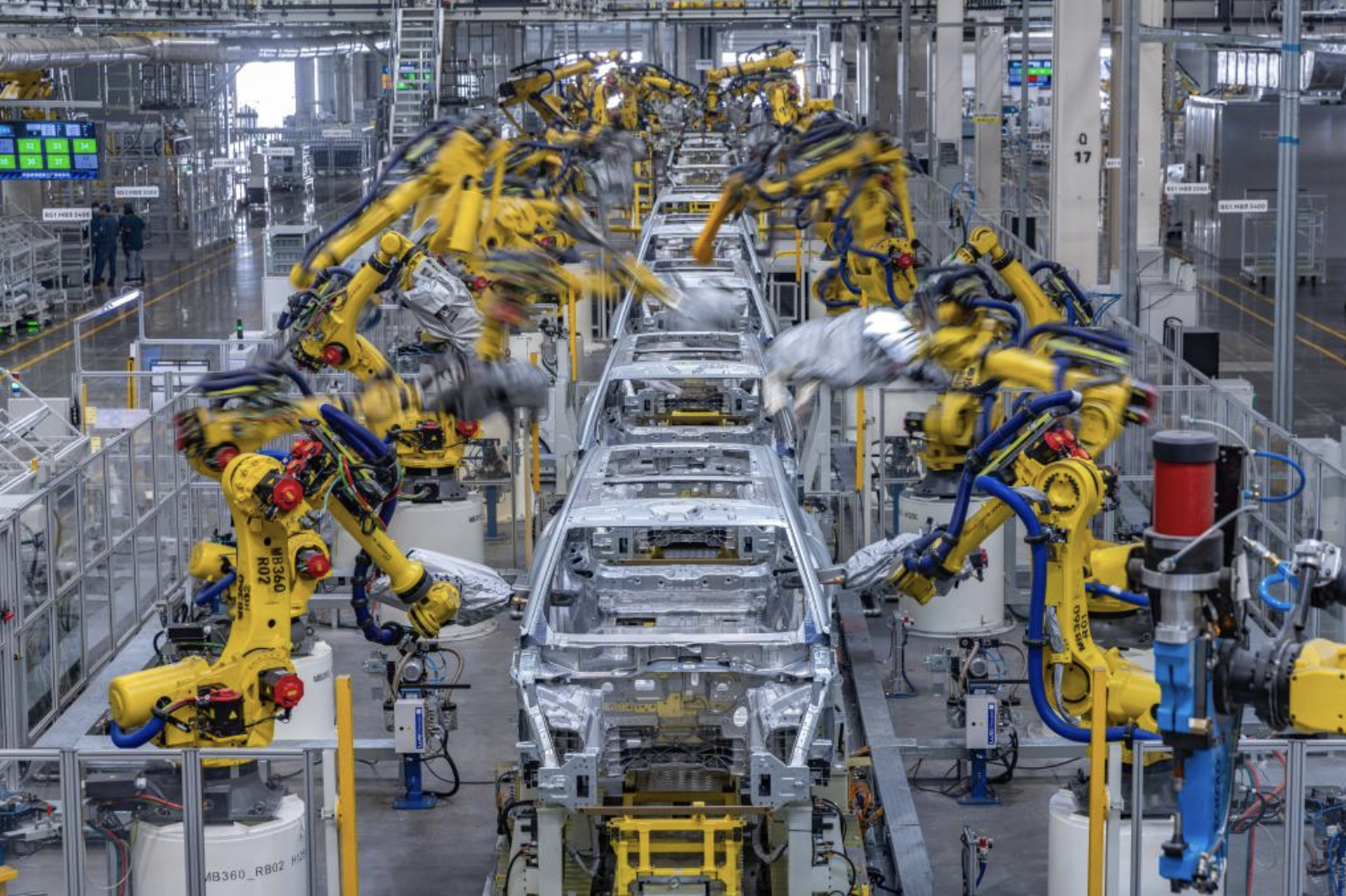A National Biomanufacturing Industry Innovation Center starts construction in Shenzhen
https://www.cas.cn/cm/202407/t20240715_5025439.shtml The National Biomanufacturing Industry Innovation Center, led by the Shenzhen Institute of Advanced Technology of the Chinese Academy of Sciences and participated in by leading industry companies, started construction in Shenzhen on July 14. The center will focus on major national strategies, strengthen collaborative research on key common technologies, build an industrial collaborative innovation ecosystem, and build a highland for innovation in the biomanufacturing industry. The National Biomanufacturing Industry Innovation Center will build six technical platforms: an automated biomanufacturing platform, a cross-scale biological multimodal verification platform, a production process high-throughput development platform, a pilot scale-up and production quality management specification GMP platform, a large-scale carrier preparation and quality control platform, and a bioinformatics computing support platform. Liu Chenli, deputy director of the Shenzhen Institute of Advanced Technology of the Chinese Academy of Sciences and director of the National Biomanufacturing Industry Innovation Center, said that the center’s key task is to focus on the small-scale and pilot scale-up stages of biomanufacturing, explore the transformation of scientific research results from the linear transformation mode from laboratory to enterprise to a nonlinear interactive mode, and promote the high-quality development of China’s biomanufacturing industry. The center was approved by the National Development and Reform Commission in July 2023.






